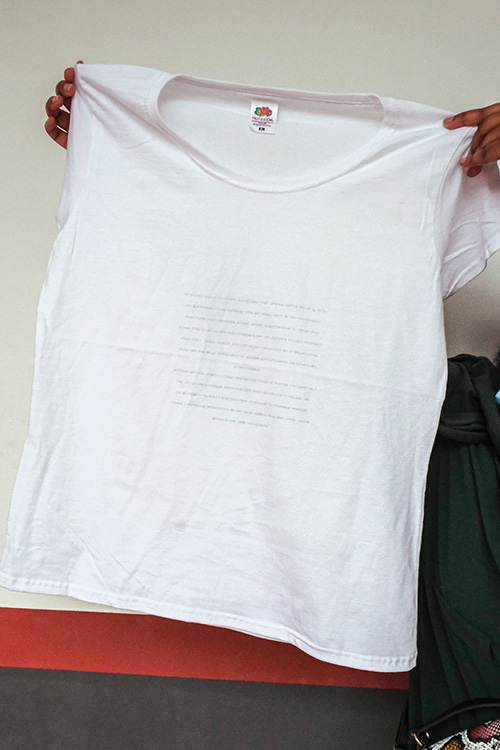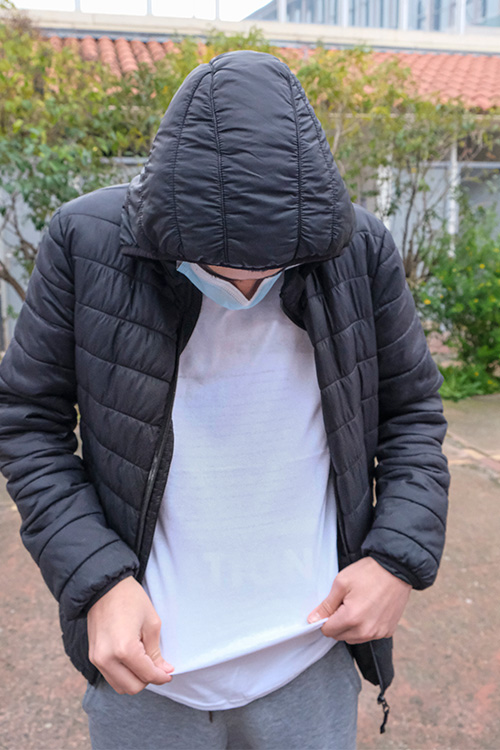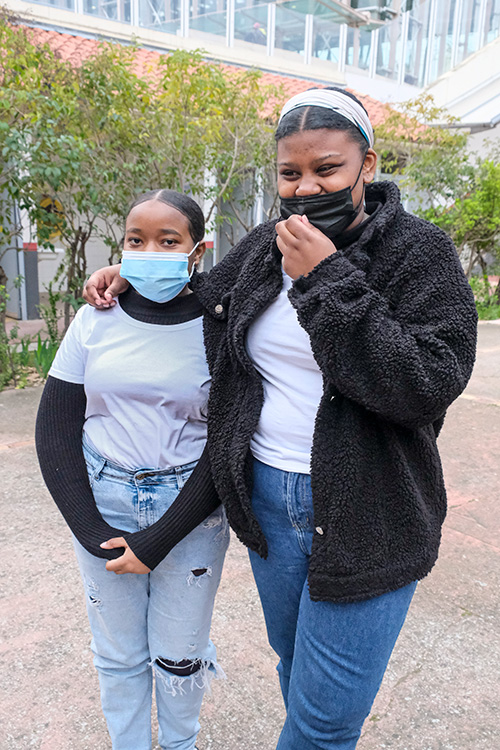MARIANNE MISPELAËRE
LANGUAGES AS MIGRATORY OBJECTS
within the framework of The New Patrons program
PATRONS
teachers of literature and languages, students, language scientist
ARTS OUTREACH – PRODUCTION
thankyouforcoming, member of the "Société Nouveaux commanditaires Arts & Sciences"
THE ART WORK CAN BE ACTIVATED AND INTERPRETED BY YOU. Please contact Thankyouforcoming, the patrons or the artist.
PROJECT DEFINITION PHASE
constitution of the patrons' group, writing of the commission, choice of the artist with the mediator June 2019 - February 2020
RESEARCH PHASE
experimental workshops and conversations, realizations of art works March 2020 - March 2021
REALIZATION PHASE
realization of the protocol art piece in response to the commission, realization of the film September 2021 - April 2022
SITE
Marseilles – Bouches-du-Rhône
collège Vieux Port, lycée Victor Hugo, lycée professionnel René Caillié
SUPPORTS AND PARTNERS
A project supported by the Fondation de France, the Fondation Daniel et Nina Carasso, the Fondation des Artistes, in partnership with the FRAC Provence-Alpes-Côte d’Azur and the Académie d’Aix-Marseilles.
With the support of the Academician Mrs. Barbara Cassin and the Academic Inspector Mrs. Odile Aubert.
Les “Nouveaux commanditaires” (The New Patrons) is a project that the Fondation de France has been delivering since the 1990s. People wrestling with issues of society and land development are given the chance to share their concerns with contemporary artists by commissioning works. The originality of the scheme lies in the intersection of three groups of participants who are supported by the public and private partners: artists, ordinary people who commission works, and cultural mediators approved by the Fondation de France.Read more.


HOW DO YOU SEE THE WORLD THROUGH YOUR LANGUAGE ?
2020-2021
protocol
multiple, white t-shirts, black texts printed inside the clothes
unique copies
Each student writes a text in echo to a question: "How do you see the world through your language?". The interpretation of this question is free.
For most of them, these texts are intimate and personal. These testimonies are then printed inside T-shirts that they can keep and wear in their daily lives. Only the person wearing the T-shirt can read the text by pulling slightly on the neckline. The students can literally "wear" their languages, keeping them against their skin, barely noticeable on the outside.

